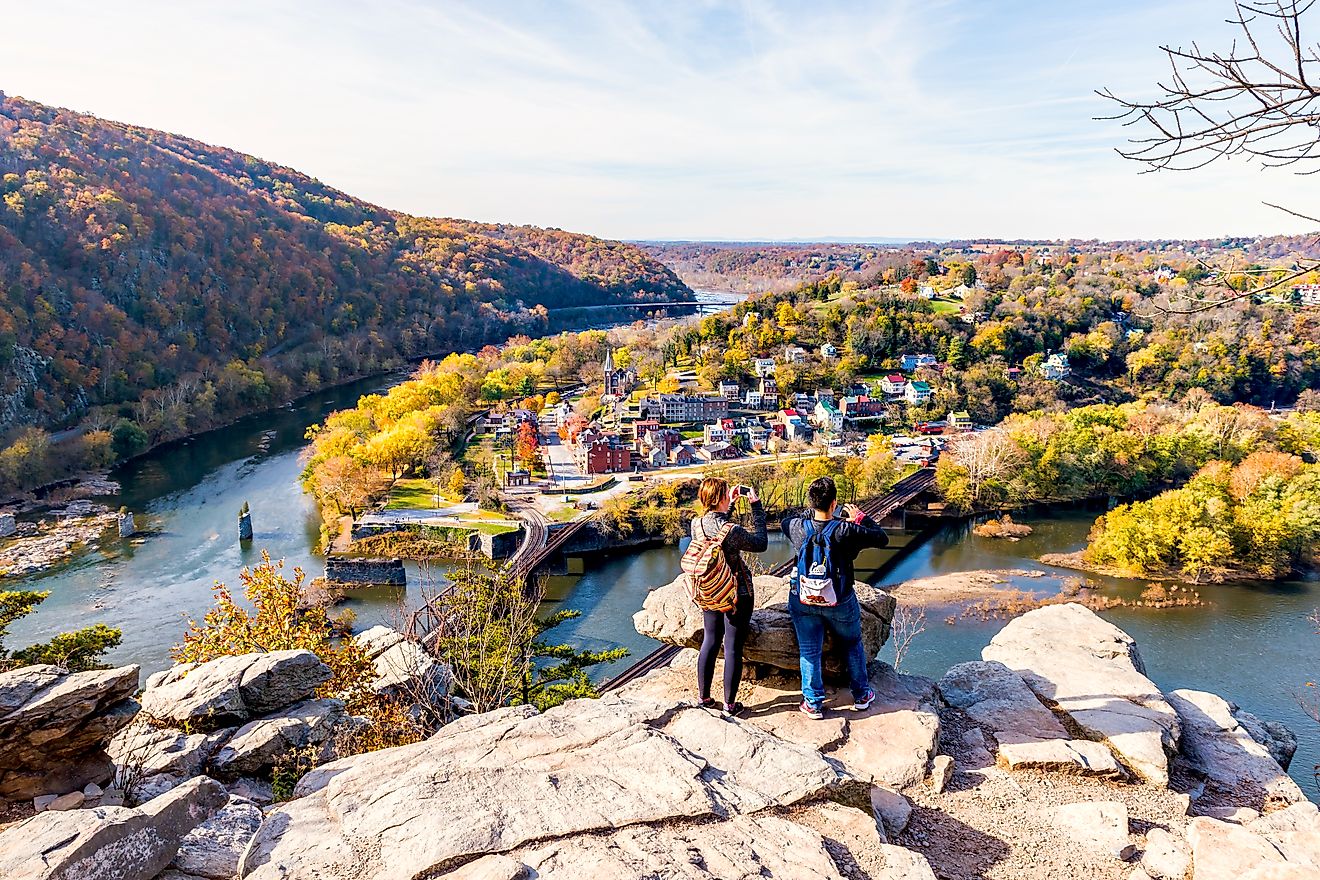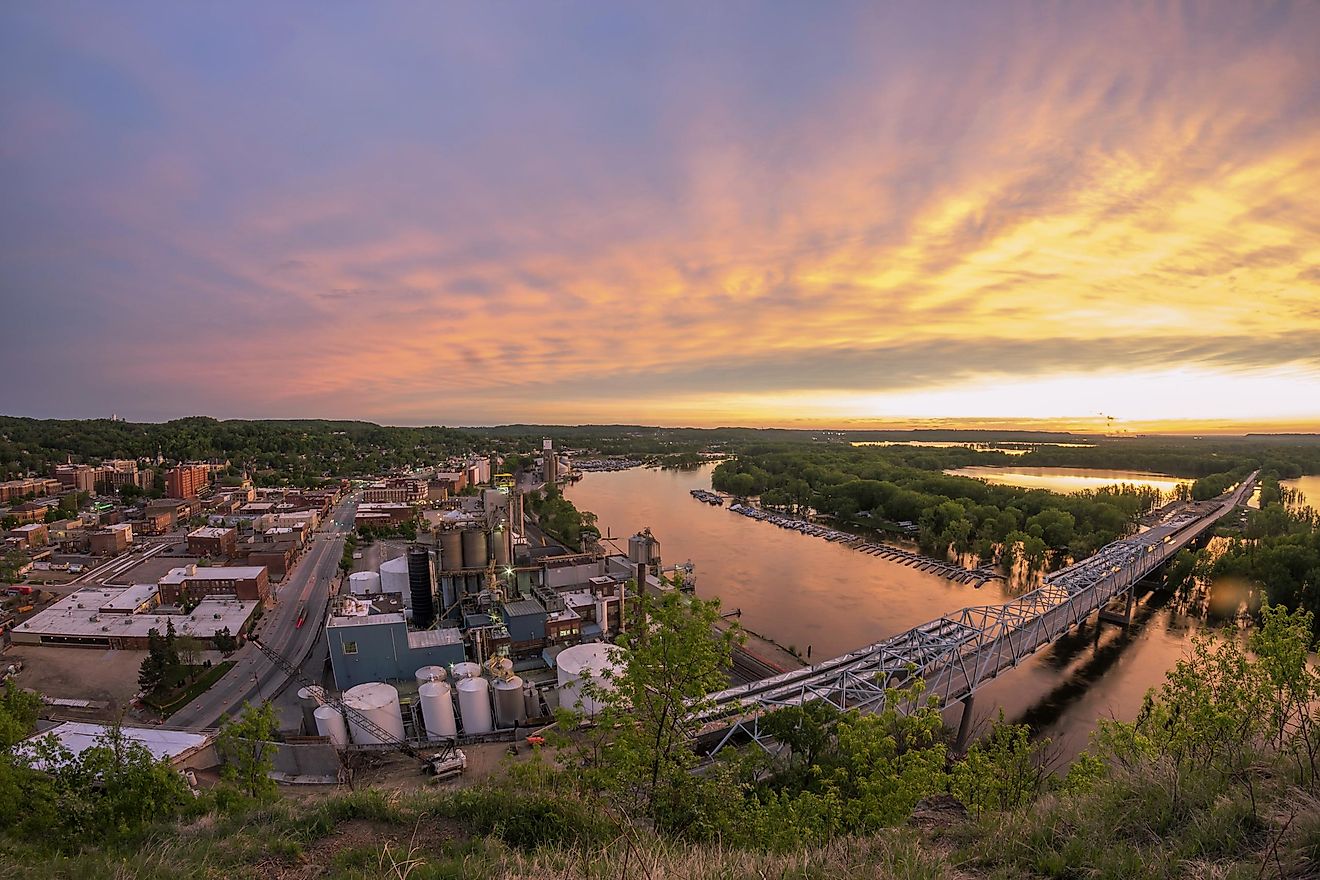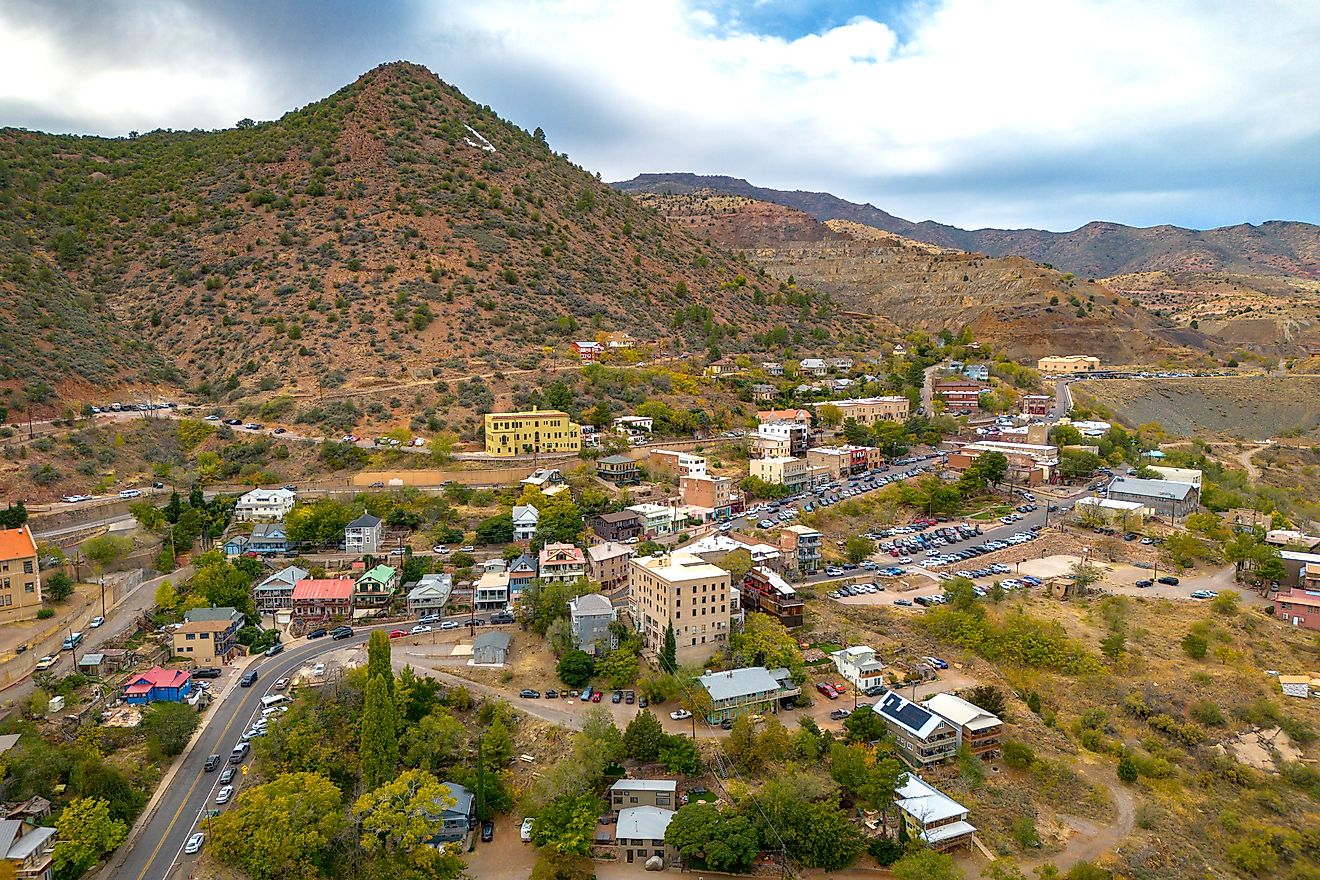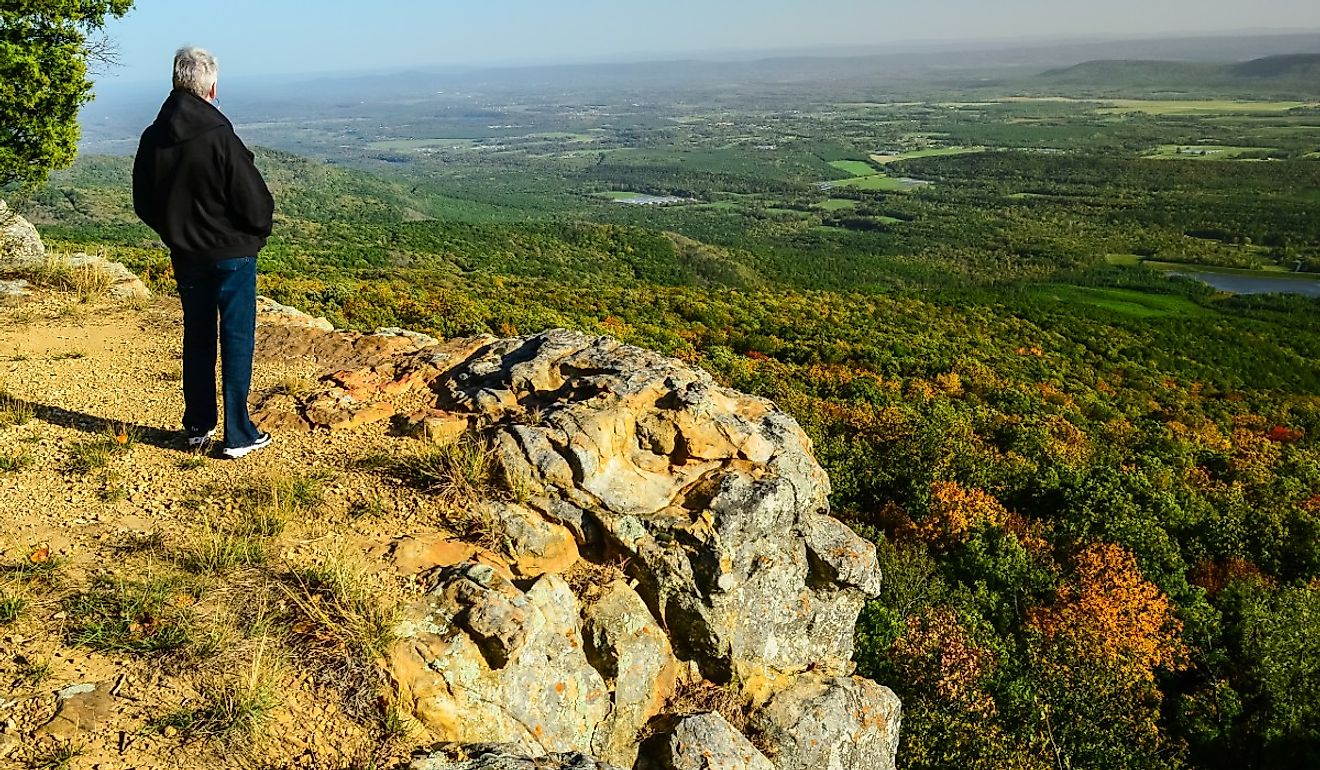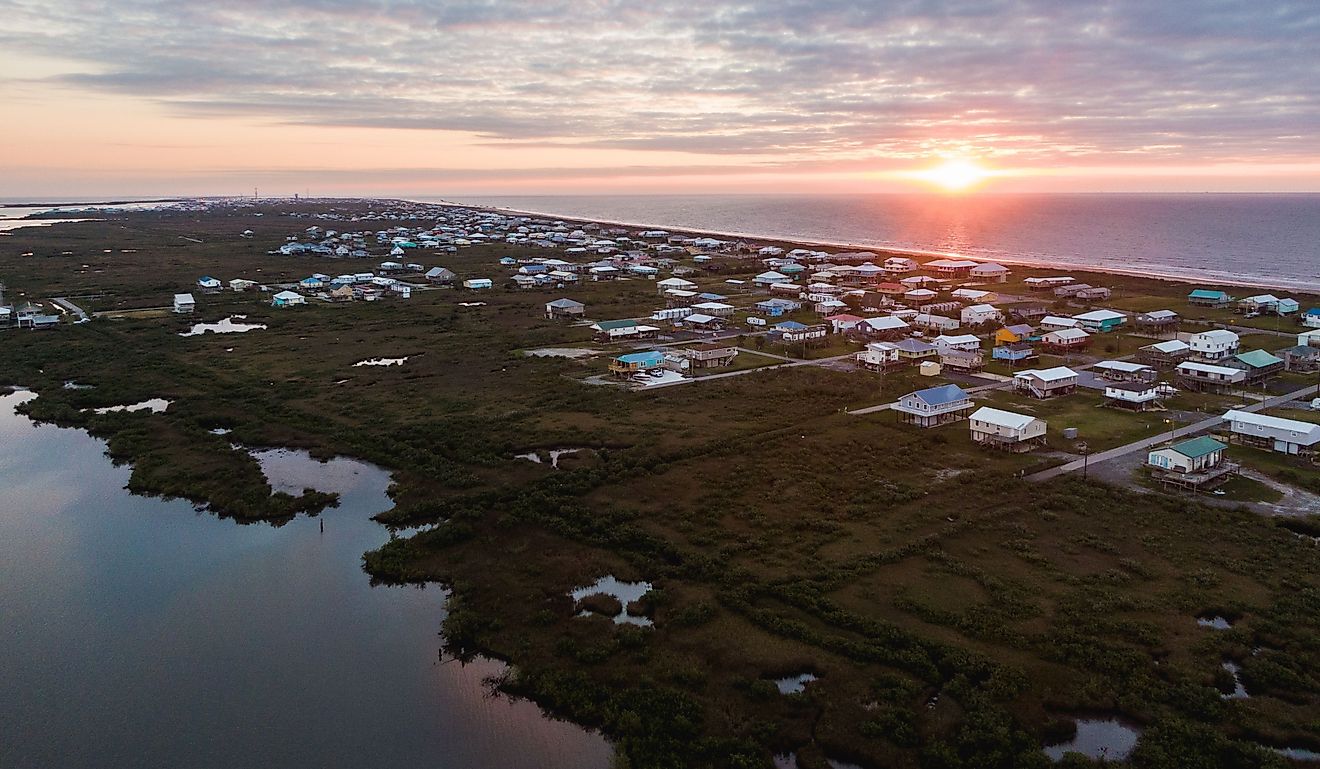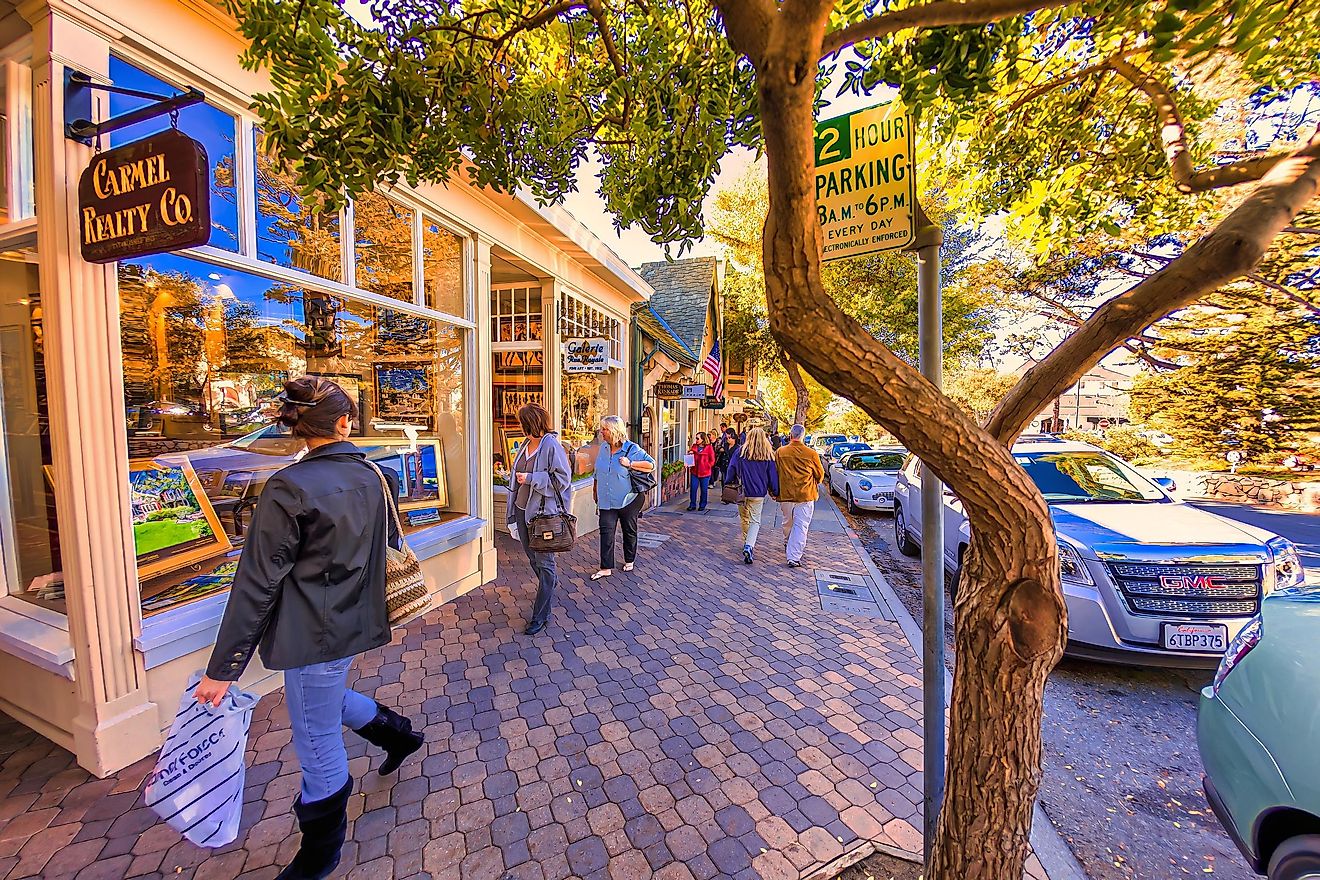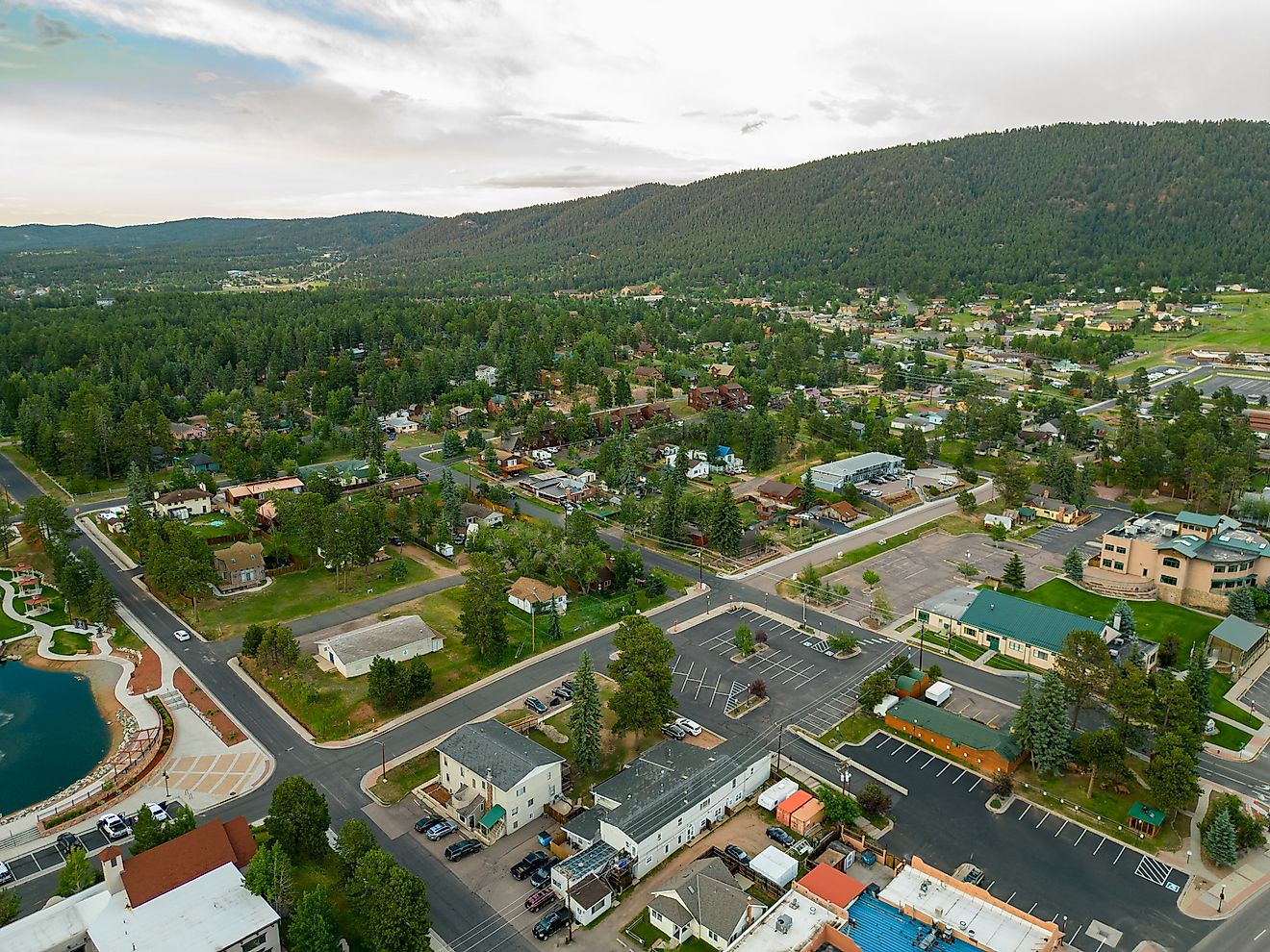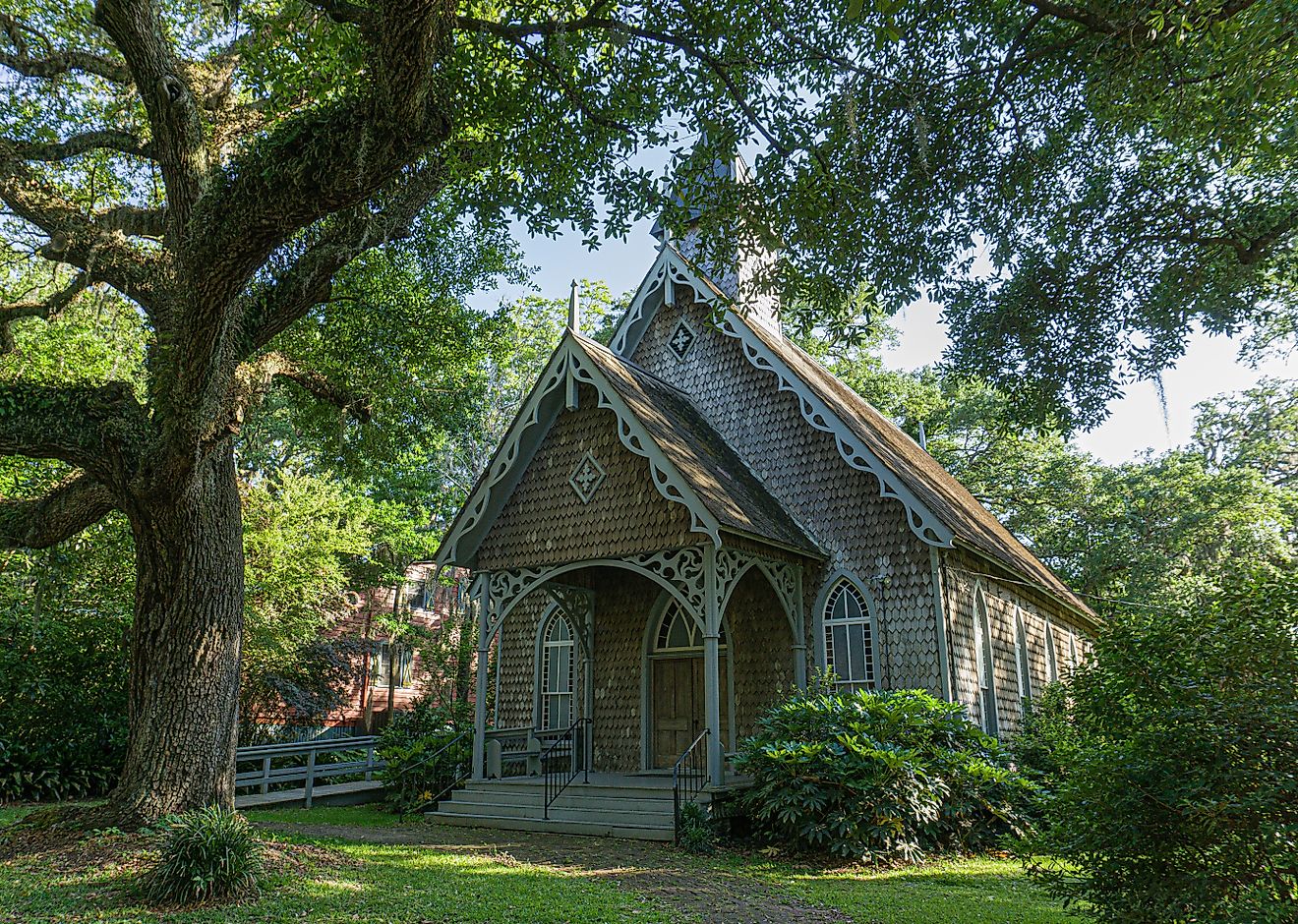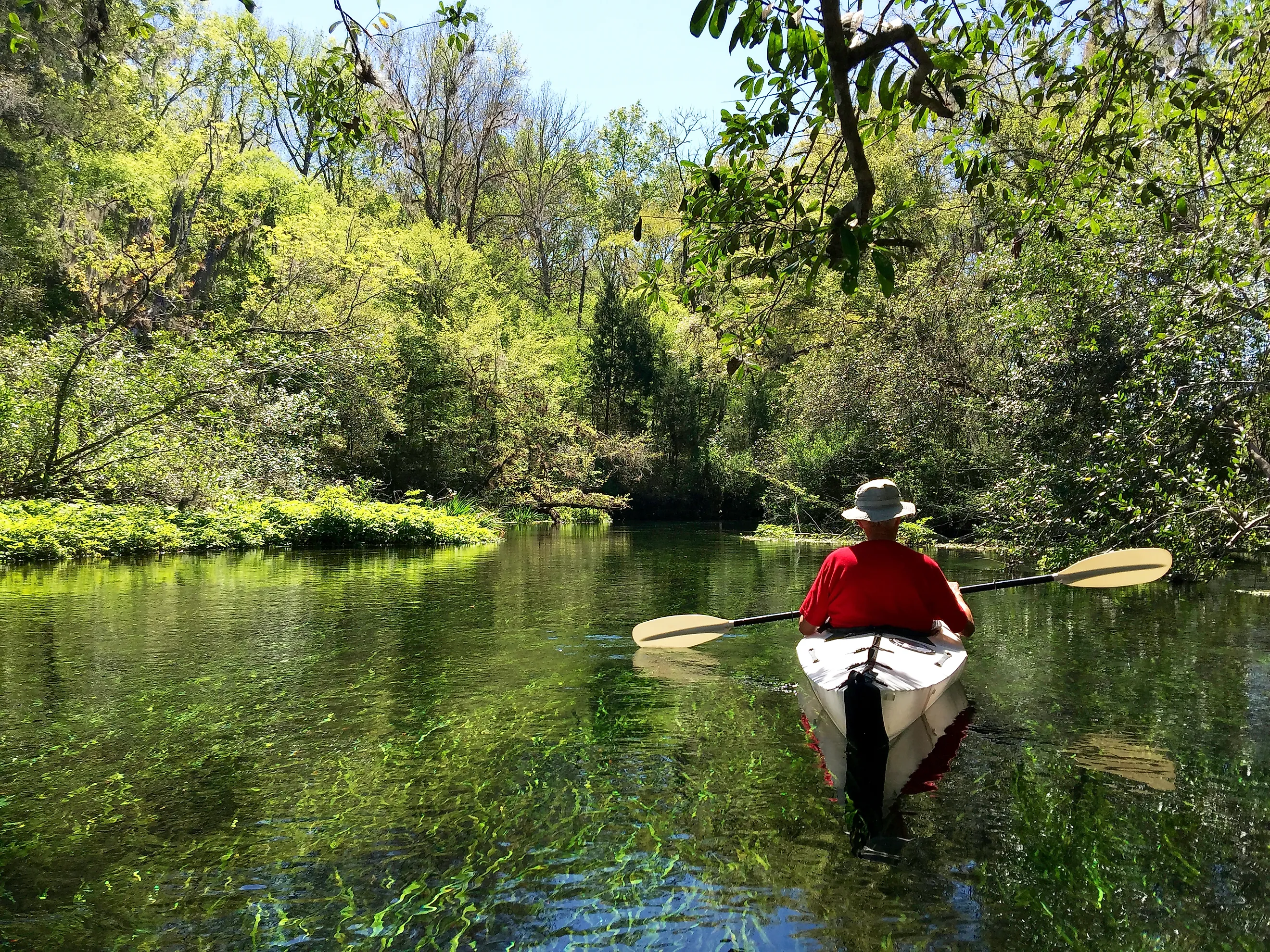
The Best State Parks To Visit In Florida
With 175 state parks, Florida has one of the largest state park systems in the United States. But in the early 1930s, the idea of building such a network was far from a priority. As the Great Depression took hold, the state had little interest—or resources—to dedicate to parks. That outlook, however, began to change with the launch of the Civilian Conservation Corps (CCC), a federal program that put young men to work on conservation projects across the country. For Florida to participate, it needed to set aside public land where the CCC could get to work. By the mid-1930s, crews were actively building infrastructure and trails across newly designated parklands, sparking the beginnings of the state park system.
Although its development has seen periods of rapid growth and occasional setbacks, Florida’s park network has evolved into one of the most visited and expansive in the country. Today, visitors can explore diverse ecosystems, including crystal-clear springs, barrier islands, bison-roamed prairies, and underground caverns. While narrowing the list is no easy task, the following parks in particular deserve a spot on your bucket list.
Blue Spring State Park
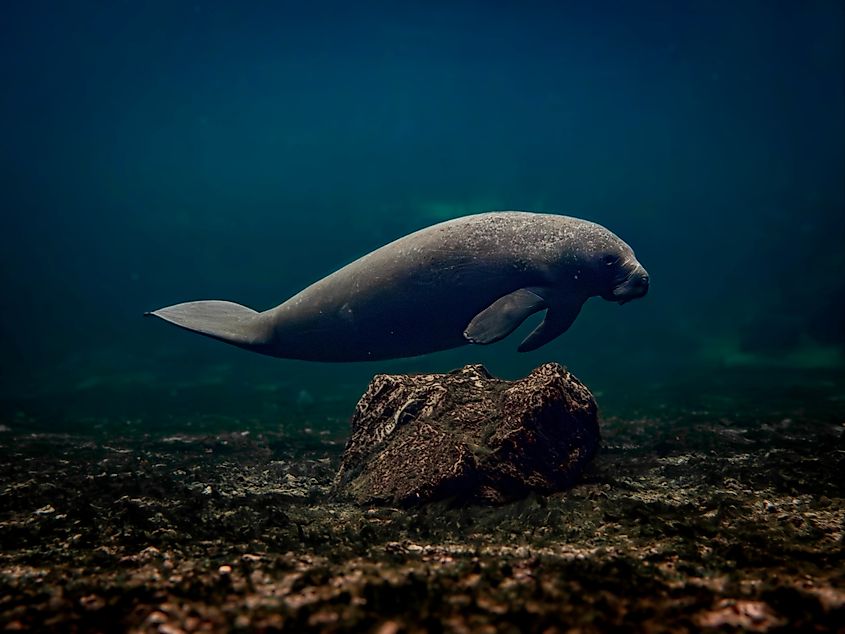
Covering over 2,600 acres, Blue Spring State Park is perhaps most well-known for its designation as a manatee refuge. From mid-November through March, visitors can view hundreds of West Indian Manatees from the park’s overlooks. During the manatee season, the spring is closed for water activities and travelers are not permitted to swim or dive. However, during the rest of the year, the spring’s water, which sits at a comfortable 73 degrees, is a popular place to swim, snorkel, or scuba dive. Travelers are also welcome to launch a kayak or canoe, with an option to rent if you do not already have one available. In addition to the manatees, the springs are abundant in fish, attracting bird species like eagles, ospreys, kingfishers, and wading birds.
Honeymoon Island State Park
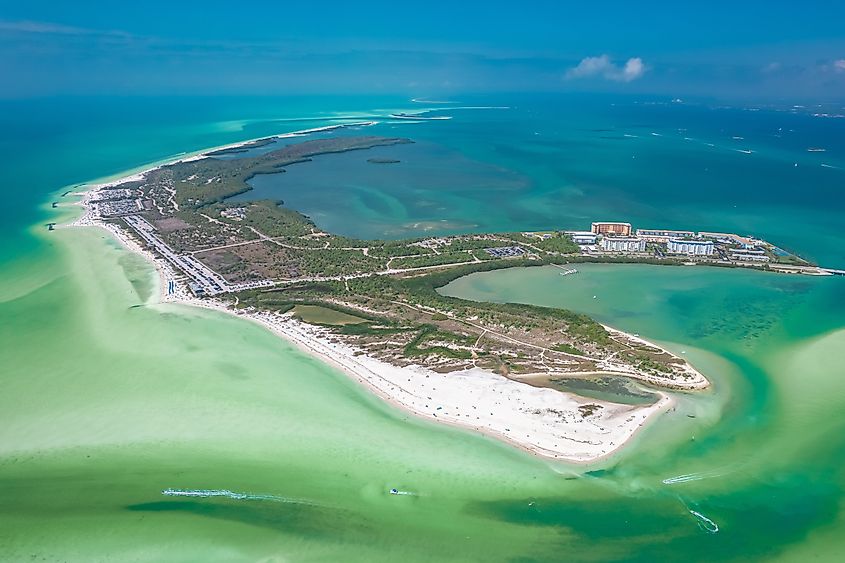
Located on a barrier island, Honeymoon Island State Park features over four miles of beaches that visitors can reach without needing a ferry or boat. The park is also famously known for the 2.5-mile Osprey Trail that winds through one of the last standing virgin slash pine forests. Travelers are welcome to rent a paddleboard or kayak to explore the waters, or spend the afternoon birdwatching for rare species like the mourning warbler, green-tailed towhee, bar-tailed godwit, and long-billed murrelet. Other animal species to keep your eye out for include great horned owls, eagles, osprey, gopher tortoises, and armadillos.
Paynes Prairie Preserve State Park
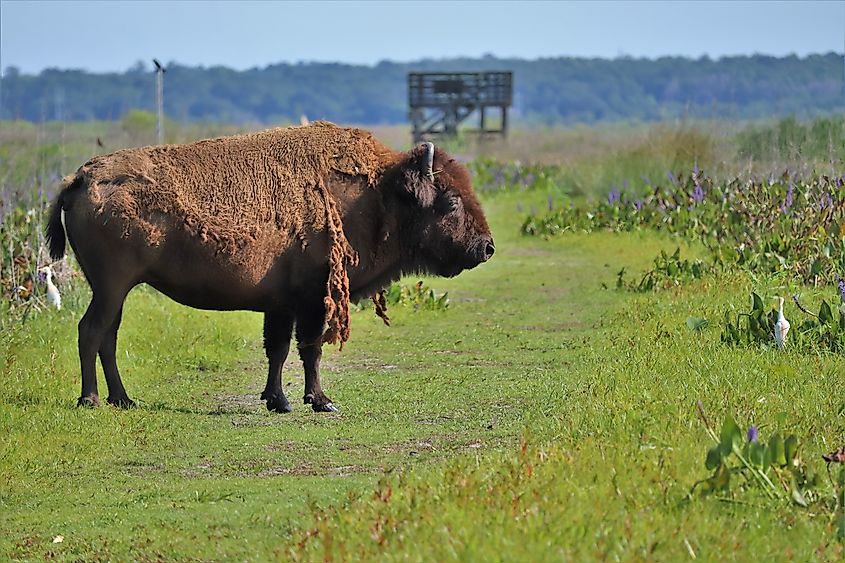
In 1971, Paynes Prairie Preserve State Park became Florida’s first state preserve and later earned recognition as a National Natural Landmark. With over 20 different biological communities, the park is home to nearly 300 bird species, along with alligator and deer. Interestingly enough, it is the only place in the state where travelers can see wild roaming bison and horses. There are eight trails to explore in the park. One of the most notable is the paved Gainesville-Hawthorne State Trail, which stretches 16 miles throughout the park’s interior, allowing visitors to explore the wildlife. There is also a 50-foot observation deck that offers panoramic views of the land below.
Don Pedro Island State Park
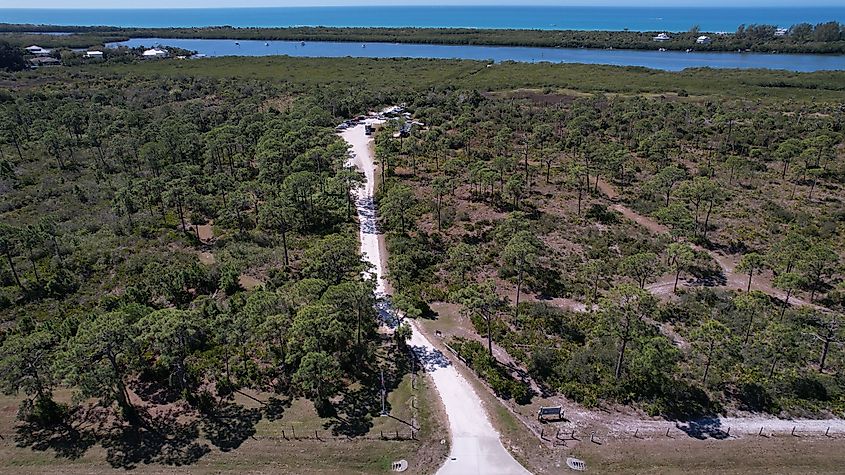
Accessible only by boat, Don Pedro Island State Park is part of a series of barrier islands along the Gulf Coast. With a mile of white sand beaches, park visitors often head to the park to swim, sunbathe, snorkel, or shell hunt. On the Cape Haze Peninsula portion of the island, visitors will also find a network of nature trails. Some of the species that travelers may spot while in the 230-acre park include West Indian manatees, American oystercatchers, bald eagles, and gopher tortoises. The park is also a great place to have a picnic, featuring a picnic pavilion, tables, and grills.
Silver Springs State Park
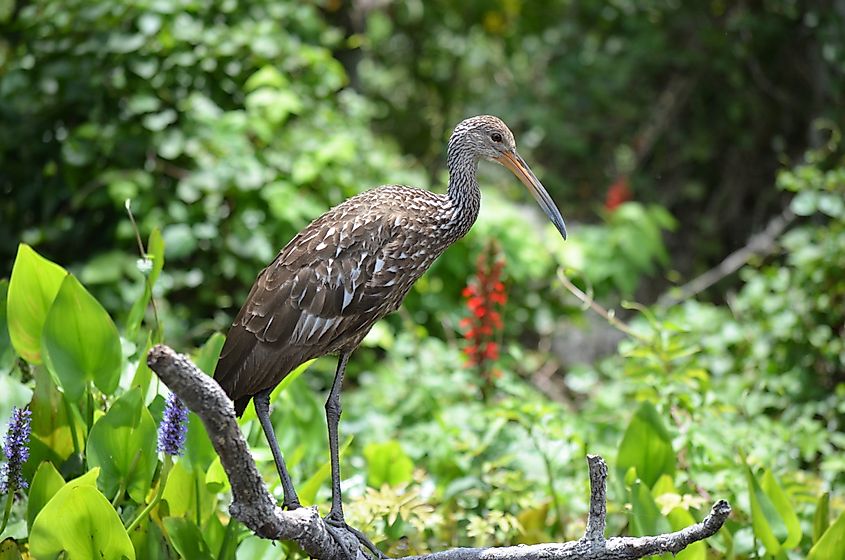
When it opened in the 1870s, Silver Springs State Park became Florida’s first major attraction. Today, this National Natural Landmark remains one of the country’s most beloved springs—and one of the largest in the world. The spring is fed by 30 vents that form a river stretching more than five miles. Visitors can take a half-hour glass-bottom boat tour or explore the river at their own pace by kayak or canoe. Some of the wildlife you may be able to spot in the park include Sherman fox squirrels, gopher tortoises, armadillos, turkeys, deer, bobcats, and the Florida black bear. There are also hiking and biking trails for travelers who prefer to explore the area on foot.
Florida Caverns State Park
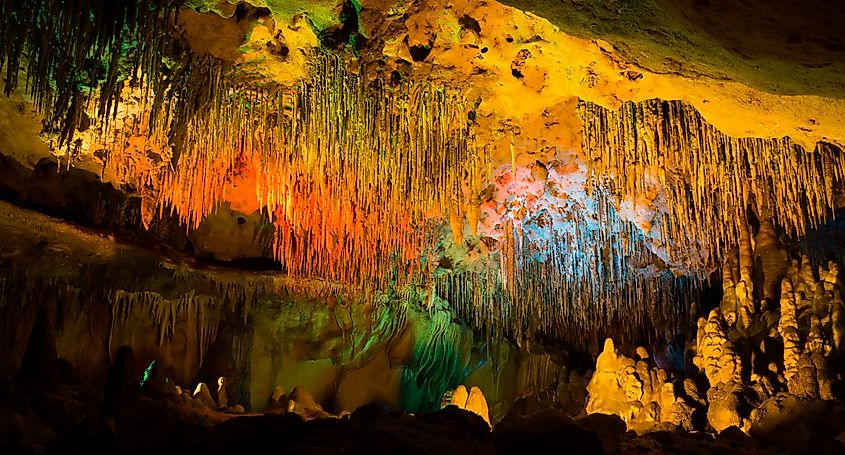
In contrast to many of the other state parks, Florida Caverns State Park is Florida’s only state park to offer public cave tours. As they wander through the cave, visitors will see beautiful limestone formations of stalagmites, stalactites, soda straws, draperies, and flowstones. Along the underground rooms, visitors can also spot chisel marks left by Civilian Conservation Corps workers in the 1930s, who were responsible for enlarging the caves so people can stand in them today. In addition to cave tours, other amenities in the park include four picnic areas, 38 campsites, a boat ramp, and multi-use trails for hikers, bikers, and horseback riders.
Ichetucknee Springs State Park
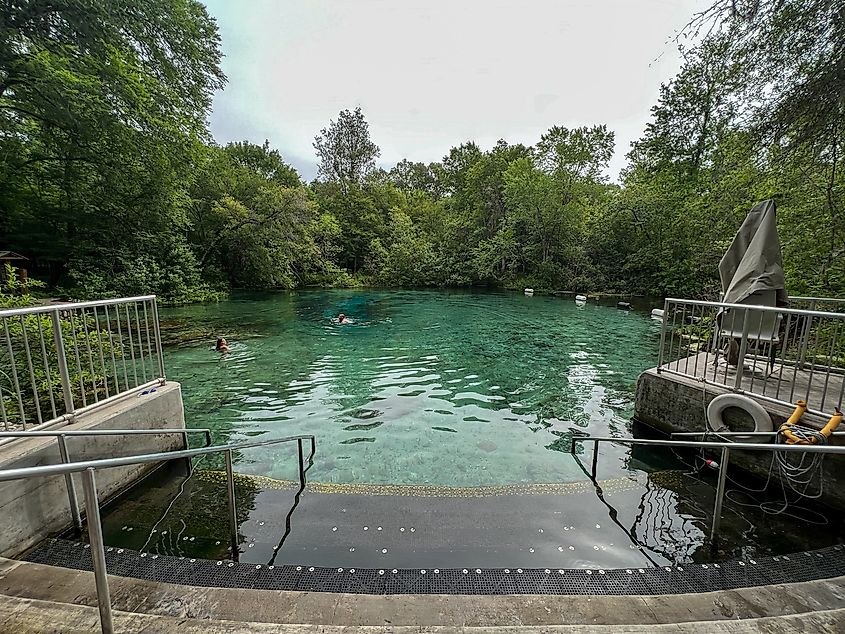
Featuring eight crystal-clear springs, Ichetucknee Springs State Park becomes a prime tubing destination between May through September. Travelers can rent tubes in the park, swim at Blue Hole Spring or Ichetucknee Spring, or arrange a paddling rental with a local outfitter. Along the river, visitors can see a diverse array of wildlife, such as manatees, river otters, and wading birds, along with views framed by moss-draped cypresses and limestone banks. The park also features three hiking trails that wind through landscapes like cypress floodplains, and sandhills, and along the Ichetucknee River.
Mike Roess Gold Head Branch State Park

In the 1930s, the Civilian Conservation Corps developed Mike Roess Gold Head Branch State Park, making it one of the first state parks established in Florida. The craftsmanship of the corps remains visible today. Situated in the rolling sandhills of north central Florida, the park is home to one of the last remaining old-growth stands of longleaf pines. A deep ravine fed by seepage springs creates Gold Head Branch, cutting through the center of the park. Wildlife that visitors may spot in the park include Sherman’s fox squirrel, grey squirrels, cottontail rabbits, and the more elusive Southeastern pocket gopher. The ravine’s hardwood forest is the ideal habitat for thrushes, warblers, and songbirds, while the longleaf pine forests are home to Bachman's sparrow, bobwhite quails, and wild turkeys. Hiking, fishing, swimming, and canoeing are common ways that visitors enjoy the park.
Final Thoughts
Whether you are a Florida local or a first-time visitor, chances are you have yet to visit all of the state parks. These eight parks are a good starting point, particularly if you are having a hard time deciding between them all. Travelers hoping for a day of swimming and kayaking will enjoy one of the island parks like Honeymoon Island State Park, while those wanting to observe native wildlife will appreciate parks like Blue Spring State Park. So go out and start exploring! Florida’s parks are ready when you are.

